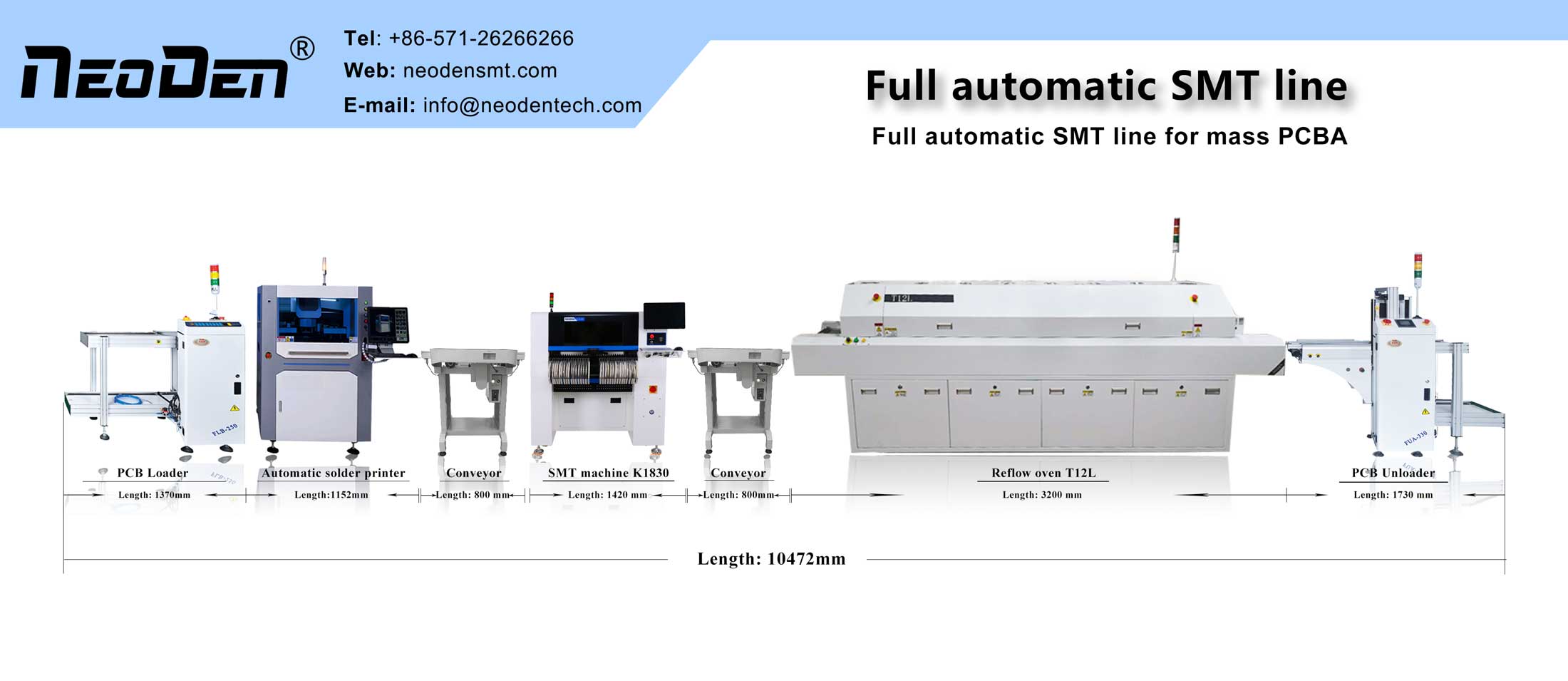1. inappropriate preheating temperature. Too low a temperature will cause poor activation of flux or PCB board and insufficient temperature, resulting in insufficient tin temperature, so that the liquid solder wetting force and fluidity becomes poor, adjacent lines between the solder joint bridge.
2. Flux preheat temperature is too high or too low, generally in 100 ~ 110 degrees, preheat too low, flux activity is not high. Preheat too high, into the tin steel flux has been gone, but also easy to even tin.
3. No flux or flux is not enough or uneven, the surface tension of the molten state of tin is not released, resulting in easy to even tin.
4. Check the temperature of the soldering furnace, control it at around 265 degrees, it is best to use a thermometer to measure the temperature of the wave when the wave is played up, because the temperature sensor of the equipment may be at the bottom of the furnace or other locations. Insufficient preheating temperature will lead to components can not reach the temperature, the welding process due to component heat absorption, resulting in poor drag tin, and the formation of even tin; there may be low temperature of the tin furnace, or welding speed is too fast.
5. Improper operation method when hand dipping tin.
6. regular inspection to do a tin composition analysis, there may be copper or other metal content exceeds the standard, resulting in tin mobility is reduced, easy to cause even tin.
7. impure solder, solder in the combined impurities exceed the allowable standard, the characteristics of the solder will change, wetting or fluidity will gradually become worse, if the antimony content of more than 1.0%, arsenic more than 0.2%, isolated more than 0.15%, the fluidity of the solder will be reduced by 25%, while the arsenic content of less than 0.005% will be de-wetting.
8. check the wave soldering track angle, 7 degrees is the best, too flat is easy to hang tin.
9. PCB board deformation, this situation will lead to PCB left middle right three pressure wave depth inconsistency, and caused by eating tin deep place tin flow is not smooth, easy to produce bridge.
10. IC and row of bad design, put together, the four sides of the IC dense foot spacing < 0.4mm, no tilt angle into the board.
11.pcb heated middle sink deformation caused by even tin.
12. PCB board welding angle, theoretically the greater the angle, the solder joints in the wave from the wave before and after the solder joints from the wave when the chances of common surface is smaller, the chances of the bridge is also smaller. However, the angle of soldering is determined by the wetting characteristics of the solder itself. Generally speaking, the angle of leaded soldering is adjustable between 4° and 9° depending on the PCB design, while lead-free soldering is adjustable between 4° and 6° depending on the customer’s PCB design. It should be noted that in the large angle of the welding process, the front end of the PCB dip tin will appear to eat tin into the lack of tin on the situation, which is caused by the heat of the PCB board to the middle of the concave, if such a situation should be appropriate to reduce the welding angle.
13. between the circuit board pads are not designed to resist solder dam, after printing on the solder paste connected; or the circuit board itself is designed to resist solder dam / bridge, but in the finished product into a part or all off, then also easy to even tin.
Post time: Nov-02-2022

